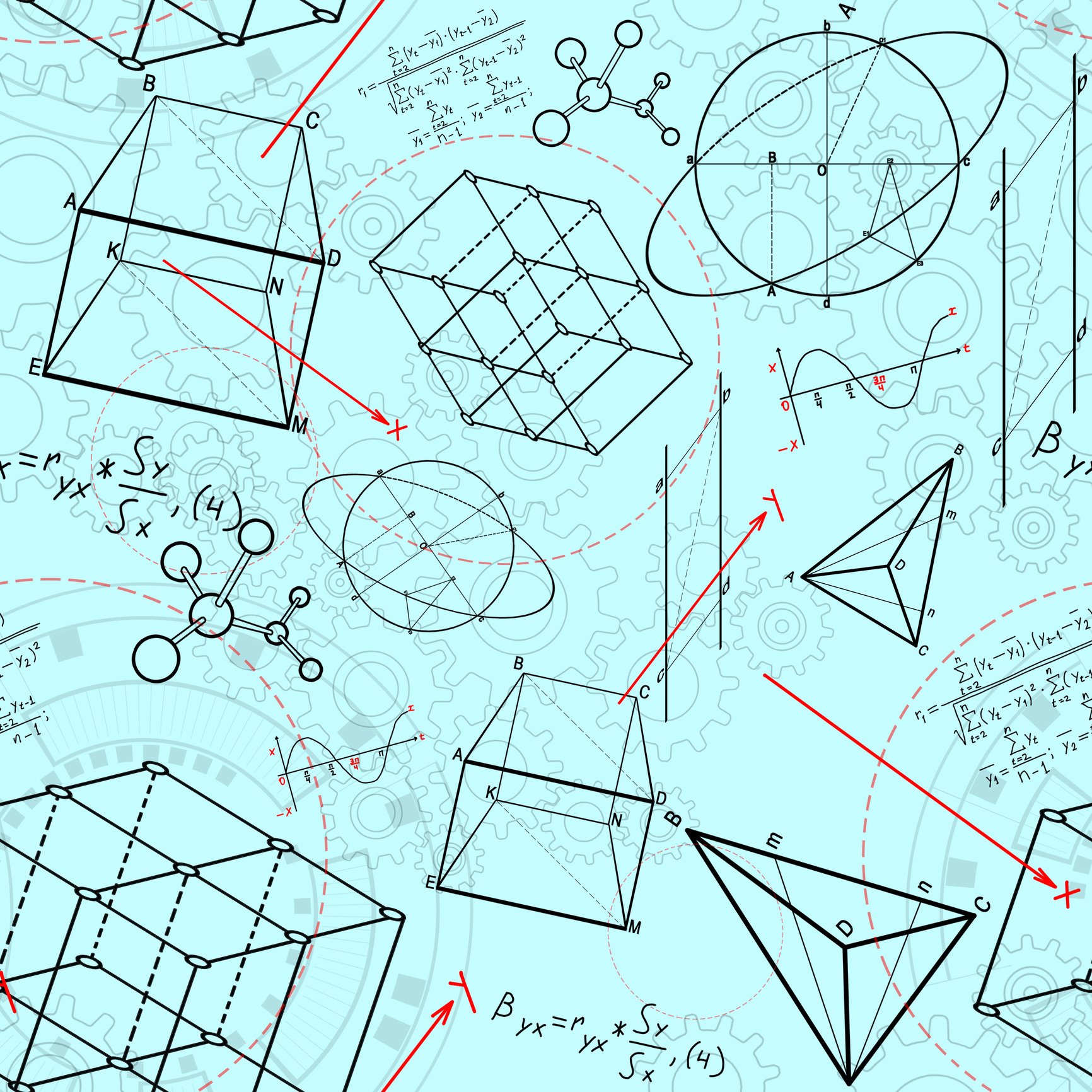About This Lesson
A blank table with columns up to ten thousand. to adapt as you wish. Aligned with Common Core State Standards: 1.NBT.2, Number and Operations in Base Ten; 2.NBT.3, Number and Operations in Base Ten; 3.NBT.1, Number and Operations in Base Ten; 4.OA.4, Operations and Algebraic Thinking; 4.NBT.2, Number and Operations in Base Ten; 5.NBT.1












